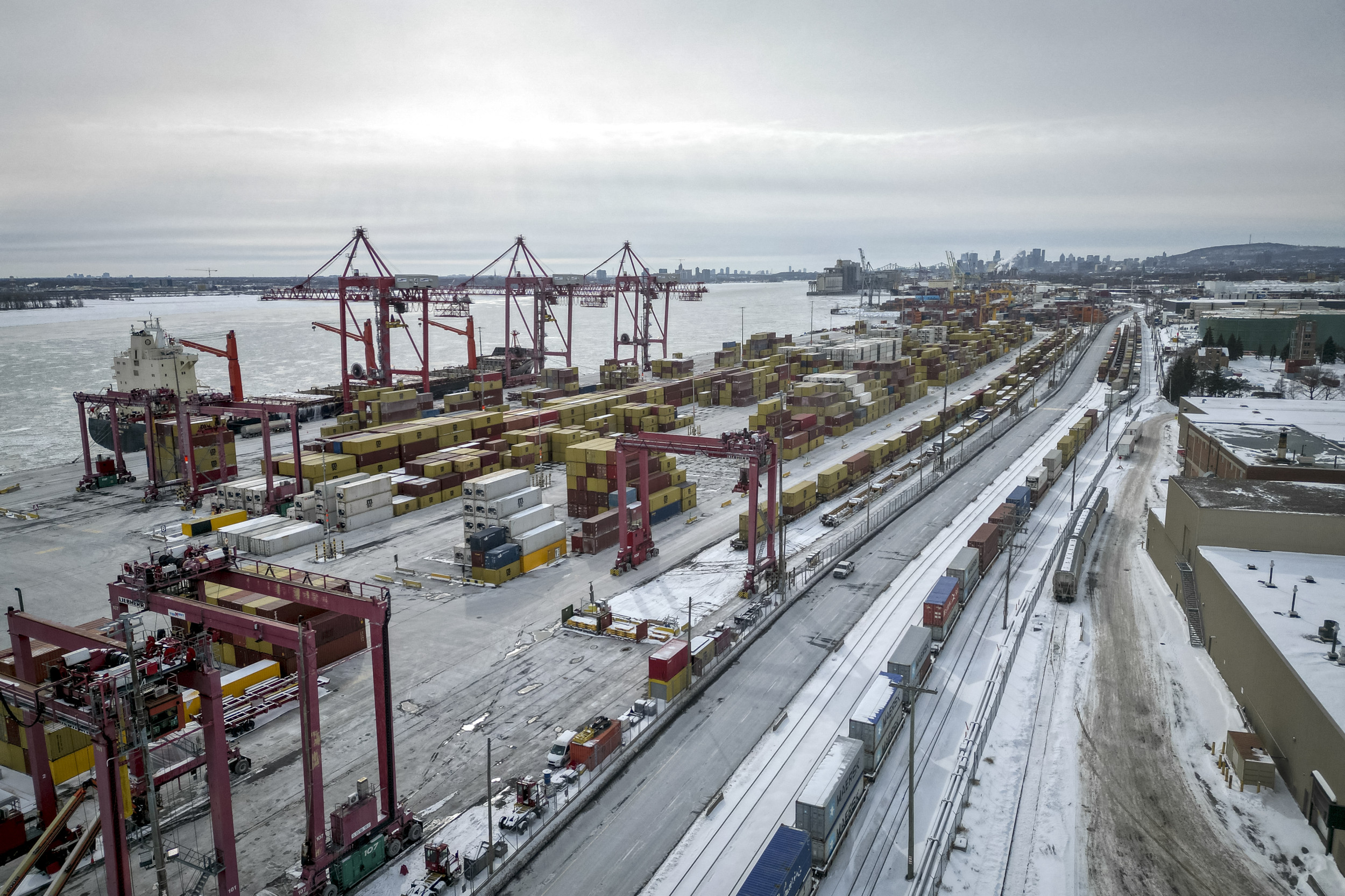
Those of us who remember Donald Trump in the 1980’s, recall his attacking various countries, especially Japan, for “ripping us off” when it came to trade were hardly surprised when President Trump implemented a series of tariffs on dozens of countries he has been railing against for decades, including Japan.
The real question is why it took him five years of being president to finally do so. Former Prime Minister Shinzo Abe’s ability to stay close to Trump may have helped Japan avoid being the target of retaliatory tariffs in the U.S. president’s first term, but it’s also true that this time around Trump is fully being Trump. There are no Rex Tillerson types to tell him what he can’t do.
Abe’s successor, Shigeru Ishiba, may have thought he’d assuaged Trump’s appetite for tariffs when he visited the White House. He offered unspecified investments in the United States in an effort to head them off. But it didn’t take a body-language expert to see that Trump had already made up his mind when he walked out of the room, leaving his guest behind to look for the closest exit, alone. Before embarking for the U.S., Ishiba had asked an American visitor what Trump was like, remarking that his own foreign ministry was having a hard time understanding him. Today, after having been Trump-tariffed, he surely has a better handle on what makes Trump tick.
ANDREJ IVANOV/AFP via Getty Images
At the same time, it’s important for American allies like Japan not to take Trump’s tariffs personally. They don’t reflect a personal animus per se, but are merely a reflection of his long-professed insistence that trade must be fair in addition to being free. Perhaps even more significantly, these policies aren’t really about individual nations at all, but rather they are a casualty of what Trump is really after: a fundamental restructuring of the entire tax system. It all boils down to returning the United States to a pre-1913 posture of funding government services through tariffs instead of income taxes.
So, what does this mean for America’s allies? Tariffs are here to stay, simply the new reality and the only thing to do is to adjust your economies and economic practices accordingly. The era of America turning the other cheek when it comes to trade is over and the key word going forward is Trump’s new favorite when it comes to trade, “reciprocity.”
Turning the other cheek may be a foundational creed of the Christian religion, but for Trump, the New Yorker who battled the mob, unions, and politicians to build his empire, the pre-Jesus ethos of “an eye for an eye, a tooth for a tooth,” seems to make more sense.
Trump is rejecting one of the organizing principles of the post-World War II order, namely that the United States is like a generous uncle who doesn’t mind being taken advantage of. He and understands and accepts that he’s giving more than he’s getting back, because, well, he’s your rich uncle who doesn’t mind.
The key takeaway for Japan and other U.S. allies when it comes to Trump 2.0 and tariffs is to understand that Trump is not picking on his friends (or even his enemies), but rather seeking to fundamentally replace the way in which taxes are collected. In short, it’s a domestic play to relieve the tax burden on Americans that also happens to have major international ramifications.
Once America’s allies and enemies alike understand this, they can pivot quickly to putting in place their own policies, not to retaliate but simply to cope, in order to survive in Trump’s new world order in which the U.S. relies on tariffs and not taxing its own people to pay its bills. The sooner they are able to make that pivot, the quicker the world can return to a semblance of order. It’s a brave new world that Donald Trump is thrusting all of us into, a world he envisioned and articulated when he appeared on dozens of talk shows four decades ago.
Mark Joseph is a film producer and author who most recently produced the film Reagan. He is also the producer of the documentary, Japan: Searching For The Dream. His latest book is Making Reagan.
The views expressed in this article are the writer’s own.
